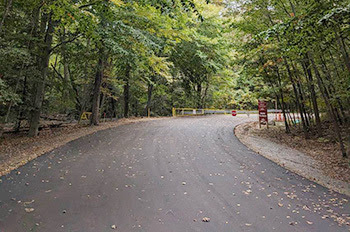A Lonely Visit to a National Park
By Jim Shepherd…
When you think of our national parks during and post-pandemic, you immediately start thinking of the crowds of vacationers who jammed into them in order to enjoy some time outdoors. And you’d be mostly correct. Like other countries, our national public lands have been crowded to the point that many longtime visitors have complained.
In most, it’s not an unfair description. In some, traffic jams looked more like rush hour in a major city than a chance to get outdoors and commune with Mother Nature. In California, however, our public lands have suffered from more natural disasters than crowding. Between wildfires and flooding, national areas in California have suffered disastrous breakdowns in service and infrastructure.
That’s why I headed to California last week with more than a little trepidation. A long-anticipated photography class in Death Valley National Park has been something I’d looked forward to like a nine-year old looks forward to Christmas.
But the disastrous rains that swept every significant mountain range in the West this year had, I was led to believe, wreaked havoc on Death Valley.
As I’m heading back home, I’m happy to report that, yes, there was damage to the park, but it wasn’t the kind of damage that wildfires and flooding have done in other areas. Death Valley, after all, is an area that was created by water. And water’s been doing it’s thing there since long before the first humans drew on the canyon walls.
The most significant damage wasn’t to the stunning land and landscapes, it was the infrastructure. Roads were simply overwhelmed by flooding and the act of digging out is taking time.
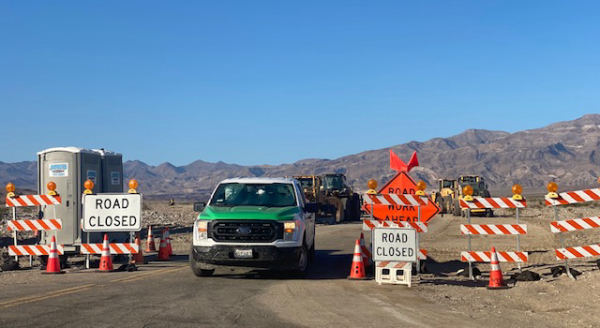
As it was explained to me, there’s a recovery plan that goes into place whenever there’s this kind of damage. The major arteries are first to get repair priorities. And the more popular and populous routes follow closely behind. Other areas, however, drop down on priority lists. To the point that even today many of the better-known, but lesser-visited routes remain washed out. That’s especially true for the unpaved roads. That’s why it’s important that potential visitors visit the National Park Service websites for updates before showing up with a list of stops that may absolutely be impossible to reach.
There are places that are easily accessible that will treat you to jaw-dropping landscapes. Zabriskie Point, Badwater Basin and Mesquite Flat Sand Dunes are all easily accessible. They offer short -or longer walks, easy climbs and spectacular scenic spots.
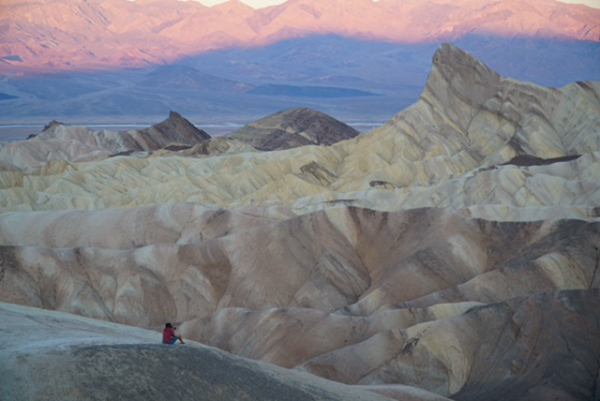
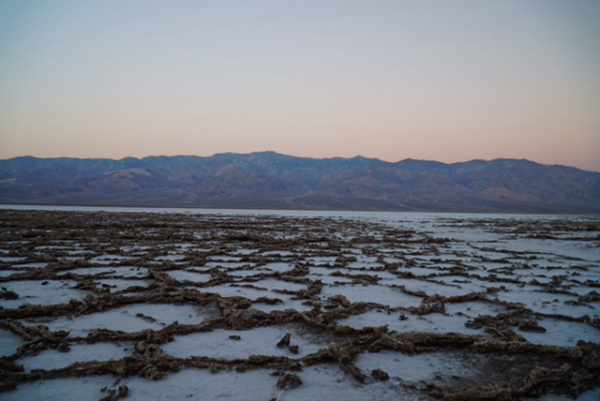
There’s an advantage to the closures. Many potential visitors have dropped Death Valley from their plans. Today, I’m told hotels are running at fifty-percent or lower capacities. We walked on at Furnace Creek Golf Course -and played eighteen holes in just over three hours-including a longer-than-usual “break at the turn.” For a bucket list driven golfer, that’s a ridiculously quick round on the world’s lowest-golf course (214 feet below sea level).
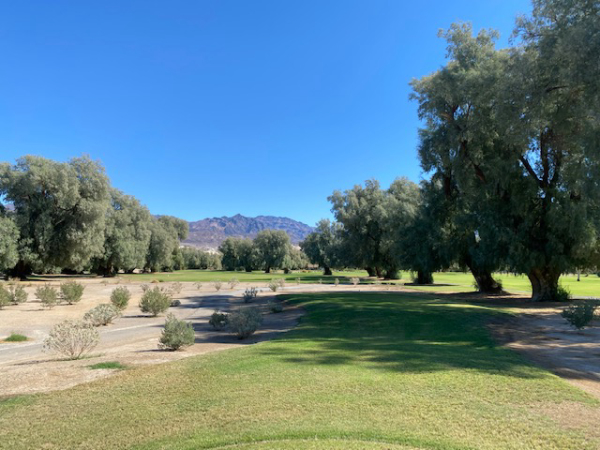
There are still great places available to visit around the country. And if you’re willing to do off-peak or shoulder season visits, there are also deals to be had.
A word of caution, however. The whole country’s suffering from a shortage of service workers. In Death Valley an absence of tourists has apparently made things even worse. Expect to deal with tired (and occasionally cranky) workers -and be patient.
The scenery is totally worth it.



